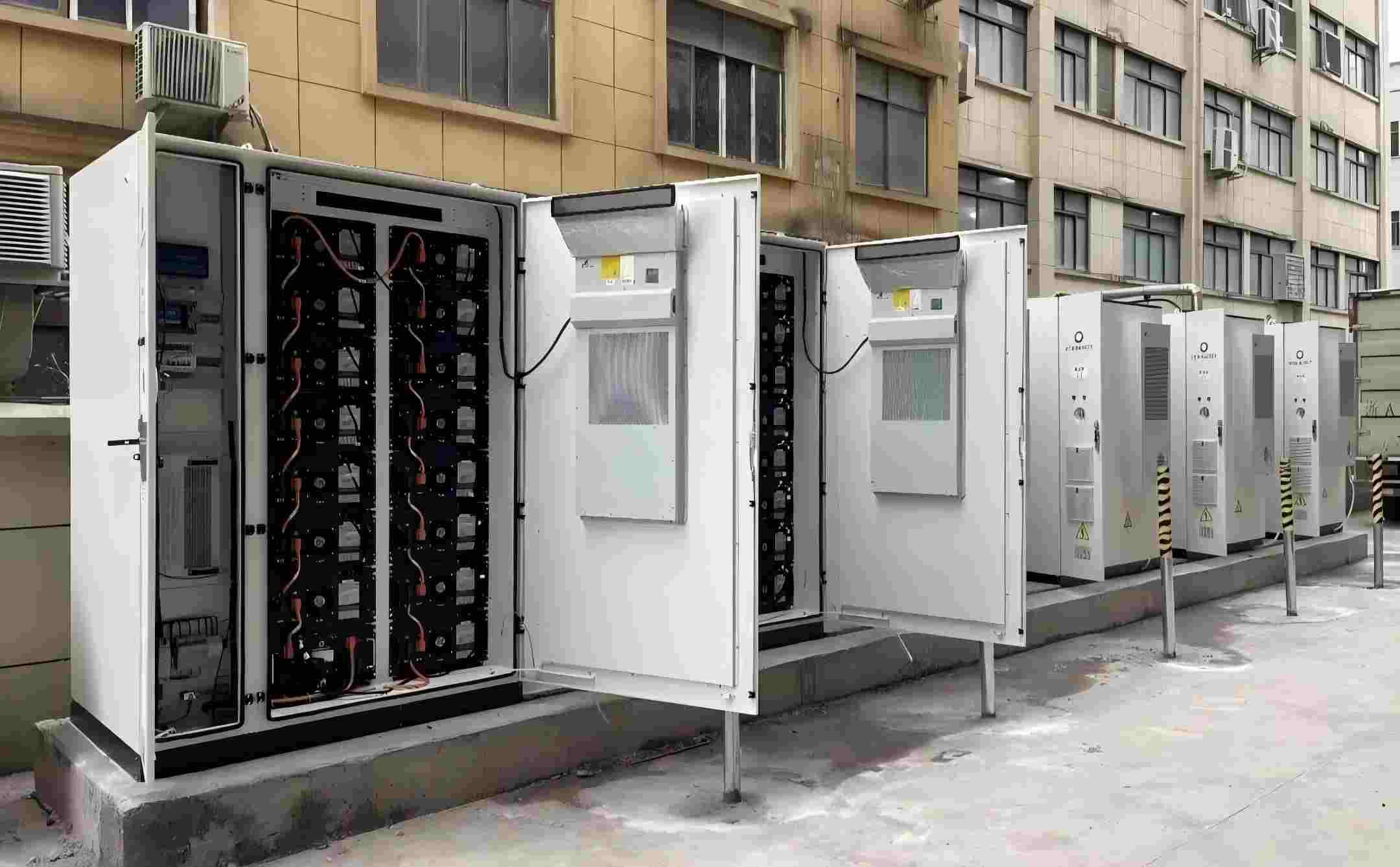As the cornerstone of energy storage systems, energy storage batteries bear the crucial mission of providing stable and reliable energy. A thorough understanding of the core technical parameters of energy storage batteries helps us accurately grasp their performance characteristics, further enhancing the overall efficiency of energy storage systems. Below, we will delve into a detailed interpretation of the main technical parameters of energy storage batteries to assist everyone in better applying and managing energy storage systems.

Battery capacity is an important performance metric used to measure the performance of batteries. It indicates the amount of electricity a battery can deliver under specific conditions such as discharge rate, temperature, and cutoff voltage, typically measured in ampere-hours (Ah). For example, with a battery cell rated at 48V and 100Ah, the capacity would be calculated as 48V × 100Ah = 4800 watt-hours (Wh), which is equivalent to 4.8 kilowatt-hours (kWh) of electricity.
Battery capacity is divided into different types based on various conditions: actual capacity, theoretical capacity, and rated capacity. Theoretical capacity refers to the maximum capacity of a battery under ideal conditions. Rated capacity is the capacity indicated on the device, representing the capacity that can sustain continuous operation under rated working conditions. Actual capacity, however, is influenced by factors such as temperature, humidity, charge-discharge rates, etc., and typically tends to be slightly lower than the rated capacity.
The rated voltage of an energy storage battery refers to its designed or nominal operating voltage, typically expressed in volts (V). Energy storage battery modules are composed of individual cells connected in series and parallel configurations. Parallel connections increase capacity while maintaining voltage, whereas series connections increase voltage while maintaining capacity. In battery pack specifications, you may encounter parameters like 1P24S: 'S' denotes series-connected cells, 'P' denotes parallel-connected cells. For instance, 1P24S indicates 24 cells connected in series ('24S'), each with a voltage of 3.2V, resulting in a rated voltage of 3.2V × 24 = 76.8V.
The battery charge/discharge rate is a measure of how quickly it charges or discharges. This metric impacts the battery's ability to handle continuous and peak currents, typically measured in C. The charge/discharge rate is calculated as the charge/discharge current divided by the rated capacity of the battery. For example, with a battery rated at 200Ah, discharging at 100A would deplete its entire capacity in 2 hours, resulting in a discharge rate of 0.5C. Simply put, higher discharge currents lead to shorter discharge times.
When discussing the scale of an energy storage project, it's common to describe it using the system's maximum power/system capacity ratio. For example, a 2.5MW/5MWh commercial and industrial energy storage project means the system can operate at a maximum power of 2.5MW, and it has a capacity of 5MWh. If the project discharges at a rate of 2.5MW and can discharge completely in 2 hours, then the discharge rate of the project would be 0.5C.
Depth of Discharge (DOD) is used to measure the percentage of a battery's rated capacity that has been discharged. It starts from the battery's upper voltage limit and ends when it reaches the lower voltage limit, with all discharged energy considered as 100% DOD. Generally, deeper discharge levels reduce the battery's cycle life. Discharging a battery below 10% can lead to over-discharge, triggering irreversible chemical reactions that significantly impact battery lifespan. Therefore, in practical project operations, it's crucial to balance operational runtime with cycle life requirements to optimize the economic viability and reliability of energy storage systems.
State of Charge (SOC) refers to the percentage of a battery's remaining capacity relative to its rated capacity. It reflects how much charge is left in the battery and indicates its ability to continue operating. SOC is typically expressed as a percentage ranging from 0% (fully discharged) to 100% (fully charged). When the battery is completely discharged, SOC is 0, and when fully charged, SOC is 1. SOC is a crucial metric in monitoring and managing battery performance and ensuring optimal utilization in various applications.
State of Health (SOH) of a battery, in simple terms, is the ratio of its actual performance parameters to its nominal (rated) parameters after a period of use. According to IEEE (Institute of Electrical and Electronics Engineers) standards, when the capacity of a fully charged battery falls below 80% of its rated capacity after a period of use, the battery is typically considered to be in need of replacement. Monitoring the SOH value helps predict when a battery will reach the end of its useful life, enabling timely maintenance and management actions.
Next:what is the difference between cylindrical and prismatic battery cells
Previous:Samsung showcases solid-state battery technology with a range of 600 miles.